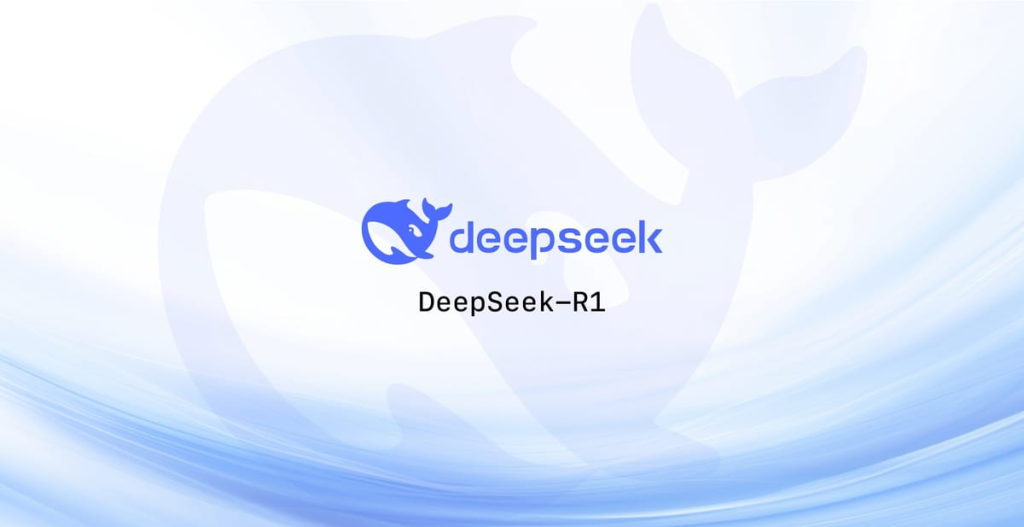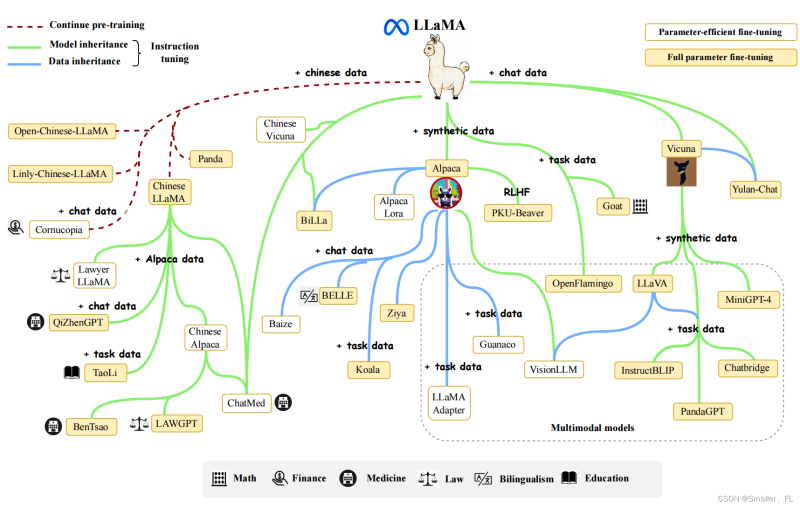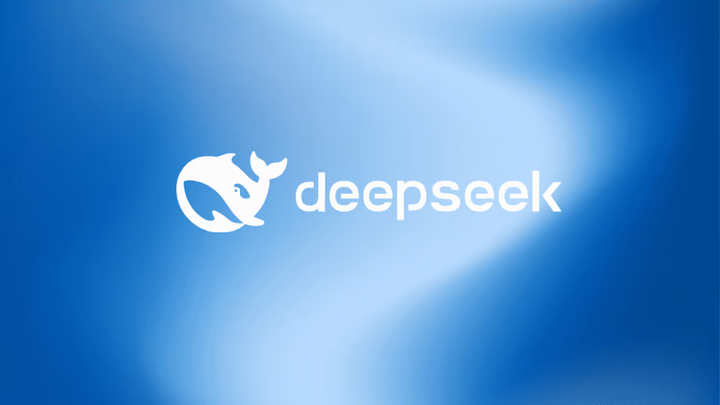1. Introduction: The Rise of Open-Source AI
The AI industry is witnessing a seismic shift as companies like DeepSeek embrace open-source strategies to challenge the dominance of closed-model giants. DeepSeek, a rising player in generative AI, has made waves by releasing high-performance models under permissive licenses, aiming to democratize access to cutting-edge technology. This move raises a pivotal question: Can open-source AI redefine the competitive landscape, or will it simply become a niche for hobbyists?
2. DeepSeek’s Open-Source Playbook
DeepSeek’s strategy hinges on transparency and collaboration. Unlike OpenAI’s tightly guarded GPT-4 or Google’s proprietary Gemini, DeepSeek has open-sourced its flagship models, enabling developers to inspect, modify, and deploy them freely. This approach mirrors Meta’s LLaMA but with fewer usage restrictions. By fostering a developer community, DeepSeek accelerates innovation while building brand loyalty.
Performance-wise, benchmarks suggest DeepSeek’s models rival closed alternatives in tasks like code generation and reasoning. However, critics argue that without proprietary data or infrastructure, open models may lag in scalability.

3. Impact on the AI Competition Landscape
Open-source AI disrupts the status quo by empowering smaller players. Startups can now build applications without paying hefty API fees to closed-model providers. For instance, DeepSeek’s tools have enabled firms in emerging markets to create localized AI solutions at minimal cost.
This democratization pressures closed-source companies to justify their secrecy. If transparency becomes a selling point—as seen in cybersecurity—DeepSeek could force rivals like OpenAI to rethink their strategies.
4. Commercialization vs. Openness: Can DeepSeek Balance Both?
DeepSeek’s monetization relies on a “freemium” model: offering base models for free while charging for advanced features or enterprise support. Similar to Red Hat’s open-source software model, this could sustain revenue without alienating the community.
However, the risk of commoditization looms. If competitors replicate DeepSeek’s models, the company’s unique value might diminish. Yet, DeepSeek bets that community-driven improvements will keep its ecosystem ahead.
5. Ethical and Security Concerns
Open-sourcing powerful AI carries risks. Malicious actors could exploit DeepSeek’s models for disinformation or cyberattacks. While DeepSeek implements safeguards like usage guidelines, enforcing them in a decentralized ecosystem remains challenging.
The debate mirrors broader tensions in tech: balancing innovation with responsibility. DeepSeek’s approach may set precedents for how the industry governs open AI.
6. Future Projections
If DeepSeek’s strategy succeeds, it could catalyze a broader open-source movement, fragmenting the AI market. However, closed models will likely retain dominance in sectors requiring ultra-high reliability (e.g., healthcare). The ultimate outcome may hinge on whether DeepSeek can sustain innovation while navigating ethical and commercial tightropes.
Q&A
Q1: Can open-source AI models truly compete with closed ones like GPT-4?
A1: Yes, in specific domains. While closed models excel in scalability and proprietary data, open models like DeepSeek’s benefit from community-driven optimization and customization, making them cost-effective for niche applications.
Q2: How does DeepSeek’s strategy affect startups?
A2: Startups gain affordable access to state-of-the-art AI, reducing dependency on costly APIs. This levels the playing field and fosters innovation in underserved markets.
Q3: What stops bad actors from abusing DeepSeek’s open models?
A3: DeepSeek uses ethical licensing and monitoring tools, but enforcement is imperfect. The broader solution requires industry-wide standards and governance frameworks.
Q4: Will open-source AI lead to job losses in the tech sector?
A4: It may disrupt roles tied to proprietary AI development but could create new opportunities in customization, auditing, and ethical AI deployment.
Q5: Could DeepSeek’s openness backfire if competitors copy its models?
A5: While replication is possible, DeepSeek’s community engagement and rapid iteration could maintain its edge. Open-source thrives on collective progress, not exclusivity.
Q6: Is open-source AI more environmentally sustainable?
A6: Potentially. Community-driven efficiency improvements might reduce compute waste, but widespread adoption could also increase overall energy usage.





